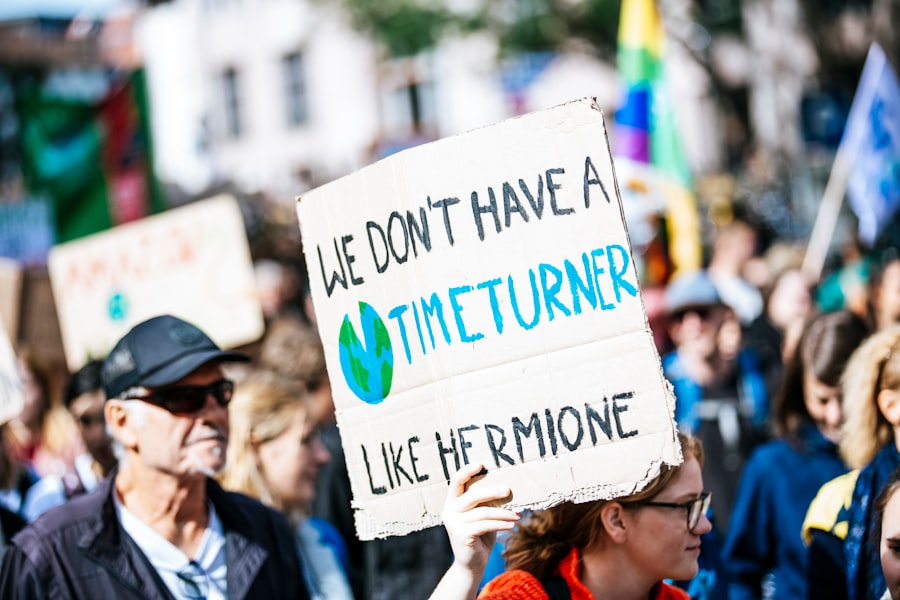When you consider laser hair removal, it’s essential to grasp how the process works. At its core, laser hair removal utilizes concentrated beams of light to target and destroy hair follicles. The pigment in the hair absorbs this light, which generates heat that damages the follicle, inhibiting future hair growth.
This method is particularly effective for individuals with dark hair and lighter skin, as the contrast allows the laser to focus on the hair more efficiently. However, advancements in technology have made it possible for various skin and hair types to benefit from this treatment. As you prepare for your first session, it’s important to understand that multiple treatments are typically necessary for optimal results.
Hair grows in cycles, and lasers are most effective during the active growth phase. Therefore, you may need to schedule several sessions spaced a few weeks apart to ensure that all hair follicles are treated effectively. The duration of each session can vary depending on the size of the area being treated, but many find that a session can last anywhere from a few minutes to an hour.
Understanding this process can help set realistic expectations and prepare you for what lies ahead.
Key Takeaways
- Laser hair removal targets hair follicles with concentrated light to inhibit future hair growth
- Shave the treatment area before the appointment and avoid sun exposure and tanning
- Expect some redness and swelling after treatment, which should subside within a few hours
- Apply soothing aloe vera gel and avoid hot showers and exercise for 24 hours post-treatment
- Stay out of the sun and tanning beds for at least two weeks after treatment to prevent skin damage
Preparing for Laser Hair Removal Treatment
Preparation is key when it comes to laser hair removal. Before your appointment, you should avoid any methods of hair removal that pull hair from the root, such as waxing or plucking, for at least four weeks. This is crucial because the laser needs to target the hair follicle directly, and removing the hair from the root can hinder this process.
Instead, shaving the area a day or two before your treatment is recommended, as this allows the laser to effectively reach the follicle without any interference. Additionally, it’s wise to consult with your practitioner about any medications or supplements you are taking. Certain medications can increase your skin’s sensitivity to light, which may affect how your skin reacts during treatment.
Your practitioner may advise you to avoid specific medications or supplements in the days leading up to your appointment. Furthermore, discussing your medical history and any skin conditions will help ensure that you receive personalized care tailored to your needs.
Post-Treatment Care: What to Expect

After your laser hair removal session, you may experience some immediate effects that are entirely normal. It’s common for the treated area to appear slightly red or swollen, similar to a mild sunburn. This reaction is usually temporary and should subside within a few hours to a couple of days.
You might also notice some minor discomfort or a tingling sensation in the area, which can be alleviated with over-the-counter pain relief if necessary. Understanding these potential side effects can help you feel more at ease after your treatment. In the days following your session, it’s essential to keep an eye on how your skin responds.
You may notice that some hairs continue to grow for a short period after treatment; this is because the laser affects hair follicles at different stages of their growth cycle. Over time, however, these hairs will shed naturally. It’s important not to be alarmed by this process; instead, embrace it as part of your journey toward smoother skin.
Essential Aftercare Tips for Optimal Results
| Aftercare Tips | Details |
|---|---|
| Keep the area clean | Use mild soap and water to gently clean the treated area |
| Avoid sun exposure | Avoid direct sunlight and use sunscreen to protect the treated area |
| Avoid strenuous activities | Avoid heavy lifting or intense workouts to prevent complications |
| Follow post-treatment instructions | Adhere to any specific instructions provided by your healthcare provider |
To achieve the best results from your laser hair removal treatment, following proper aftercare is crucial. One of the most important steps is to keep the treated area clean and moisturized. Use a gentle cleanser and avoid harsh scrubs or exfoliants for at least a week post-treatment.
Keeping your skin hydrated will help soothe any irritation and promote healing. Additionally, applying a fragrance-free moisturizer can help maintain skin elasticity and comfort. Another vital aspect of aftercare is avoiding tight clothing that may rub against the treated area.
Loose-fitting garments allow your skin to breathe and reduce the risk of irritation or chafing. If you experience any discomfort or redness that persists beyond a few days, don’t hesitate to reach out to your practitioner for advice. They can provide tailored recommendations based on your specific situation and ensure that you’re on track for optimal results.
Avoiding Sun Exposure and Tanning
One of the most critical aspects of post-laser hair removal care is avoiding sun exposure and tanning beds. Your skin will be more sensitive after treatment, making it susceptible to sunburn and pigmentation changes. It’s advisable to stay out of direct sunlight for at least two weeks following your session.
If you must be outdoors, wearing protective clothing and applying a broad-spectrum sunscreen with an SPF of 30 or higher is essential. This will help shield your skin from harmful UV rays while allowing it to heal properly. Tanning beds should also be avoided during this time, as they can exacerbate skin sensitivity and lead to adverse reactions.
If you enjoy sunbathing or tanning, consider waiting until your skin has fully healed before resuming these activities. By taking these precautions seriously, you’ll not only protect your skin but also enhance the effectiveness of your laser hair removal treatment.
Managing Discomfort and Redness

Immediate Relief with Cool Compresses
Applying a cool compress to the treated area can provide immediate relief from heat and swelling. Simply take a clean cloth soaked in cool water and gently press it against your skin for short intervals.
Pain Relief with Over-the-Counter Medications
If you find that over-the-counter pain relievers are necessary, opt for non-steroidal anti-inflammatory drugs (NSAIDs) like ibuprofen or acetaminophen. These medications can help alleviate discomfort without causing additional irritation to your skin.
Consult Your Practitioner Before Taking Medication
However, always consult with your practitioner before taking any medication post-treatment to ensure it aligns with their recommendations.
Monitoring and Maintaining Results
As you progress through your laser hair removal journey, monitoring your results is essential for maintaining long-term success. After completing your initial series of treatments, you may notice a significant reduction in hair growth; however, some individuals may require maintenance sessions every six months or so to keep results optimal. These touch-up sessions are typically shorter and less frequent than initial treatments but are crucial for ensuring that any remaining follicles are effectively targeted.
Keep track of how your skin responds over time; if you notice any changes in pigmentation or texture, consult with your practitioner promptly. They can assess whether additional treatments or adjustments are needed based on your unique skin type and response to previous sessions. By staying proactive about monitoring your results, you’ll be better equipped to maintain smooth skin in the long run.
Consulting with a Professional for Additional Guidance
Finally, never underestimate the value of consulting with a professional throughout your laser hair removal experience. Your practitioner is there not only to perform the treatment but also to provide guidance tailored specifically to you. If you have questions about what to expect during recovery or how to optimize results, don’t hesitate to reach out for advice.
Additionally, if you’re considering combining laser hair removal with other cosmetic treatments or skincare routines, discussing these plans with your practitioner can help ensure compatibility and safety. They can offer insights into how different treatments may interact and recommend a comprehensive approach that aligns with your beauty goals. By fostering open communication with your practitioner, you’ll empower yourself with knowledge and confidence as you navigate your journey toward smoother skin.
After undergoing laser hair removal, it is crucial to follow proper aftercare instructions to ensure the best results.




